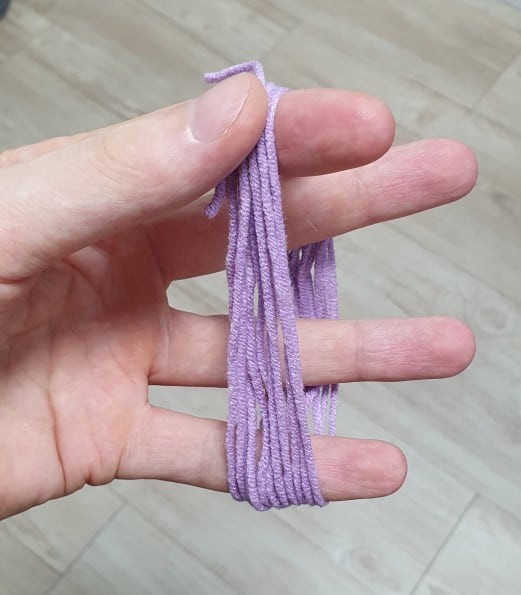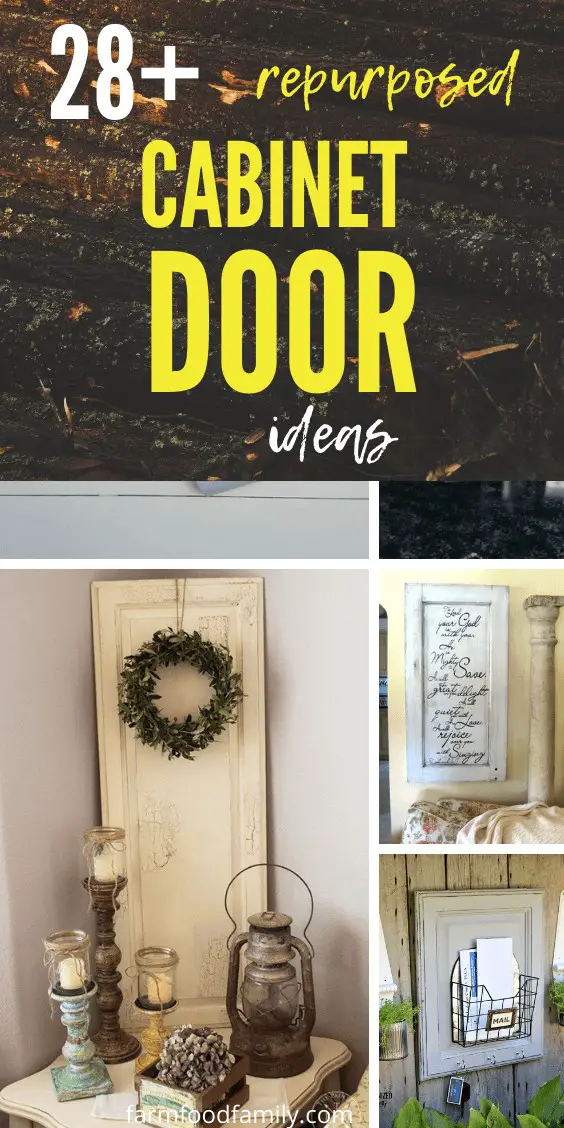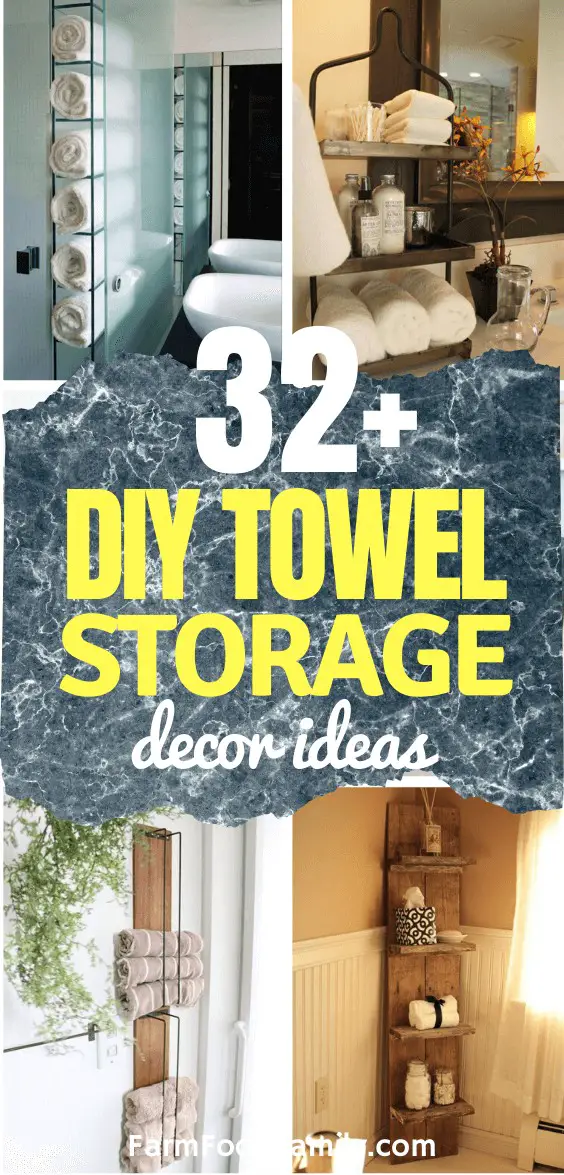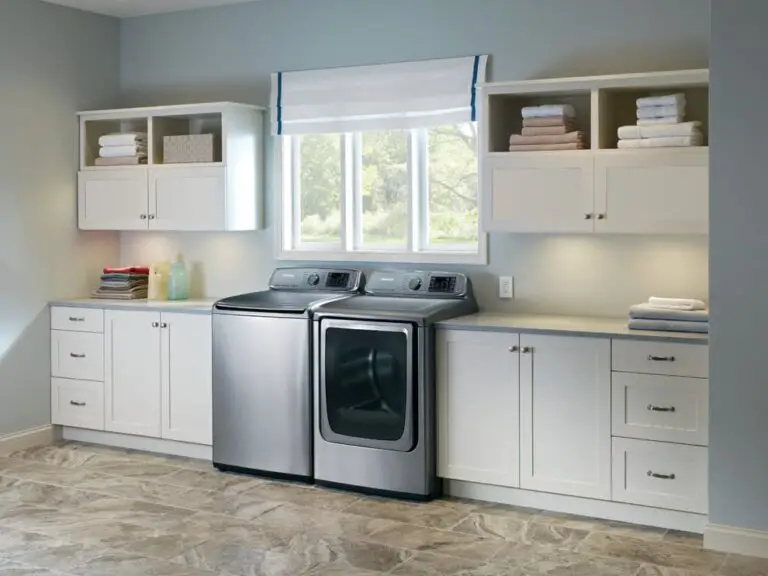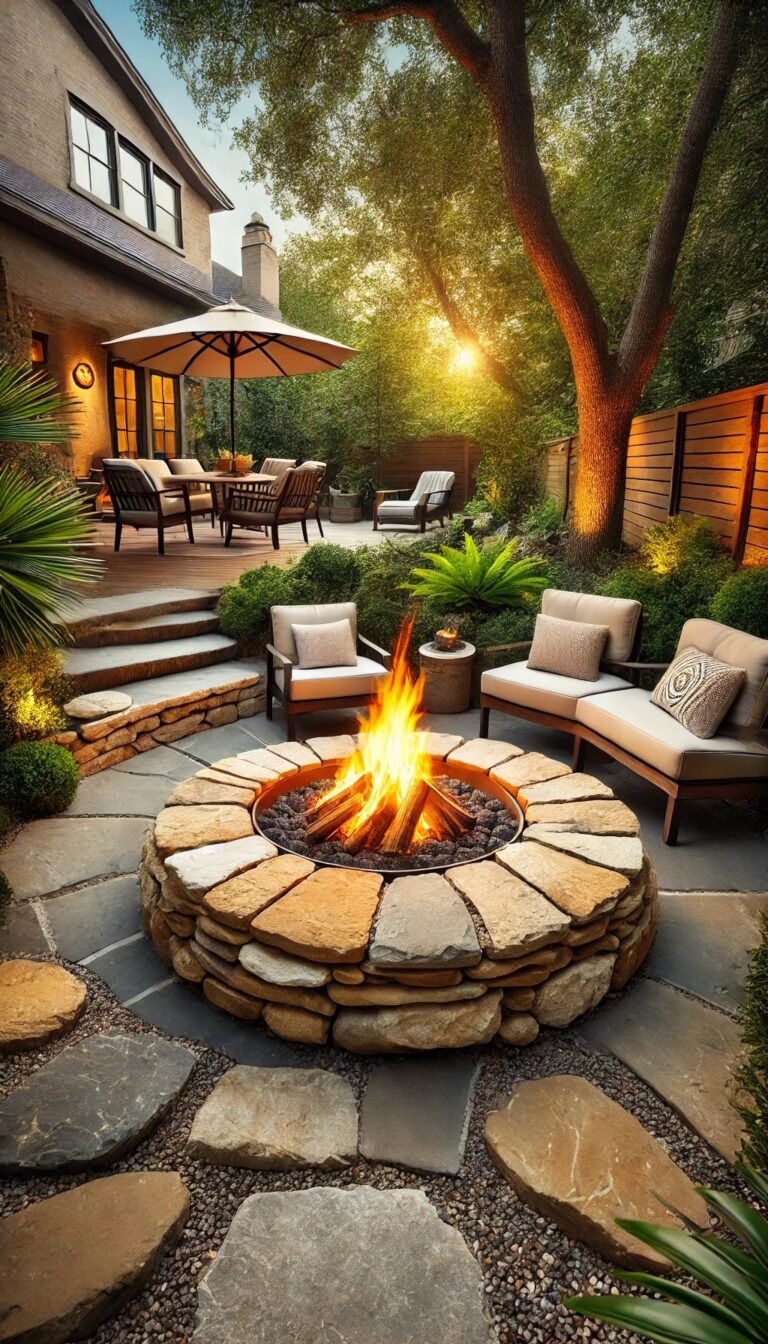26+ Outdoor Deck Designs And Ideas (With Photos)
When embarking on a deck-building project, it’s essential to have a solid plan in place to ensure success. For homeowners looking for inspiration and guidance, Steve Cory’s ‘Deck Designs’ is an invaluable resource. This comprehensive guide features stunning photographs of real-life decks, along with design-planning strategies and expert advice from top deck designers. The result is a go-to resource that empowers homeowners to create their dream deck the first time around.
With its wealth of information, readers will gain valuable insights into designing the perfect deck, outdoor living spaces, and selecting the best materials for decks and railings. From pressure-treated wood to composite materials, the guide covers it all, offering practical advice on assembling and protecting the finished product.
For added inspiration, the article features over 26 unique deck ideas and designs, ranging from multilevel structures with curved rails to floating decks and entryway walkways. Whether building a backyard oasis or a vacation home retreat, this comprehensive guide is an essential companion for anyone looking to create their perfect outdoor space.
A. How to Design the Deck
When it comes to designing a deck that truly satisfies the homeowner’s needs, there’s no substitute for hands-on involvement. A deck is an extension of one’s living space, shaped by the unique habits and preferences of its users. Even with professional guidance, the most effective design process involves collaboration between stakeholders. According to experts in Deck Designs, this means taking a proactive role in shaping the design from start to finish.
To get started, consider the following steps: First, draw inspiration from existing designs that resonate with your vision. Next, gather input from family members and create rough sketches of potential layouts. This will help you make informed decisions about materials, functional elements, and overall aesthetic. Finally, consider the finer details that bring a deck to life – its height, lines, size, shape, and color palette.
B. Outdoor Living

When designing a deck, consider extending the home’s livability beyond its walls. By integrating the deck into the overall layout, you can create an inviting outdoor space that seamlessly flows into indoor areas. This is especially true for kitchens, which have become increasingly popular as outdoor living spaces. Building a deck provides the perfect opportunity to incorporate a kitchen, allowing for effortless entertaining and cooking.
Other essential elements to consider include: dining areas for al fresco meals, lounge spaces for relaxation, and spa or hot tub facilities for rejuvenation. Additionally, thoughtful paths can connect the house to the deck and yard, while a fire pit adds warmth and ambiance to evening gatherings.
C. The Best Materials for Decks and Railings

When it comes to decking materials, there’s a diverse range of options to consider beyond just price. Pressure treated lumber, for instance, can vary depending on the region you’re in, with different types of wood responding better or worse to treatment processes. Beyond that, you might also be considering synthetic decking, ironwood, redwood, cedar, and treated decking materials.
Lumber yards typically carry 2×6 decking boards made from cedar or redwood, and the grade you choose will depend on your aesthetic goals and budget. Higher-grade knot-free boards are certainly attractive, but they come at a significantly higher cost than their knotted counterparts.
If you’re looking for an eco-friendly alternative, Ipé is worth considering – this Brazilian hardwood is sustainably farmed and available in 3/4-inch and 5/4-inch thicknesses.
It produces a beautiful, long-lasting deck that’s also environmentally friendly.
Another option is composite decking, which is made from recycled materials and offers the added benefits of ease of installation and a realistic wood-like appearance. Just be aware it’s not actual wood, so if you’re looking for a natural look, this might not be the best fit.
Railing Materials
When it comes to building the railings on a deck, safety should always take precedence. Redwood and cedar are popular choices for their strength, attractive appearance, and potential for longevity if properly maintained. However, there are also composite decking systems that offer integrated railing solutions made from a combination of vinyl and metal, which can be used regardless of whether your deck is wood-based or not.
Additionally, creative options such as using metal cable, steel pipes, or even copper plumbing pipe can provide safe and functional railings.
Assembling and Protecting Your Deck
To assemble your deck, you’ll need an assortment of metal connectors, fasteners, and screws. This includes galvanized corner plates, post caps, and joist hangers, which can be secured with 1-inch screws or nails. Additionally, you’ll require bolts, lag screws, and washers to connect the stairs and railings to the deck frame. Make sure you have a sufficient supply of 3-inch deck screws for attaching decking, stair treads, and wooden railings.
For added protection against sun and moisture, consider applying clear or pigmented sealers and stains that include mildewcides to prevent mold growth. Oil-based finishes offer a weather-resistant coating on most woods, particularly Ipé, which can provide an attractive appearance. Alternatively, you can opt for deck paint for maximum UV protection or use a clear wood sealer for a minimalist approach that preserves the natural wood look while preventing moisture damage.
D. Types of decks
When embarking on a deck-building project, one of the most crucial decisions lies in selecting the ideal material. Should you opt for pressure-treated, cedar, or exotic wood? Alternatively, consider plastic or composite options? The answer hinges on weighing the pros and cons of each choice, as outlined below.
Despite being a relatively affordable project that can add hundreds of square feet to your home’s living space for just a few thousand dollars, building a deck presents a fundamental question: what material will you use?
Pressure-treated

Green pressure-treated lumber, boasting a distinctive greenish hue, is a ubiquitous choice for outdoor projects such as decks, fences, and more. Its enduring popularity can be attributed to its trifecta of benefits: durability, affordability, and widespread availability. Many homeowners seeking to balance their budget opt for PT wood for the structural framework, concealing it beneath higher-end materials like cedar or composite decking.
Cedar

Cedar’s enduring popularity stems from its unique combination of visual appeal, ease of use, and inherent resistance to rot and insects. When left unfinished, this versatile wood will gradually weather to a silvery grey hue over the course of approximately 10 years. By applying regular coats of stain or waterproofing, however, you can extend its golden sheen for another decade, effectively doubling its lifespan.
While cedar’s natural charm is undeniable, its higher price point – roughly twice that of pressure-treated wood (PT) – remains the primary drawback.
Exotic wood
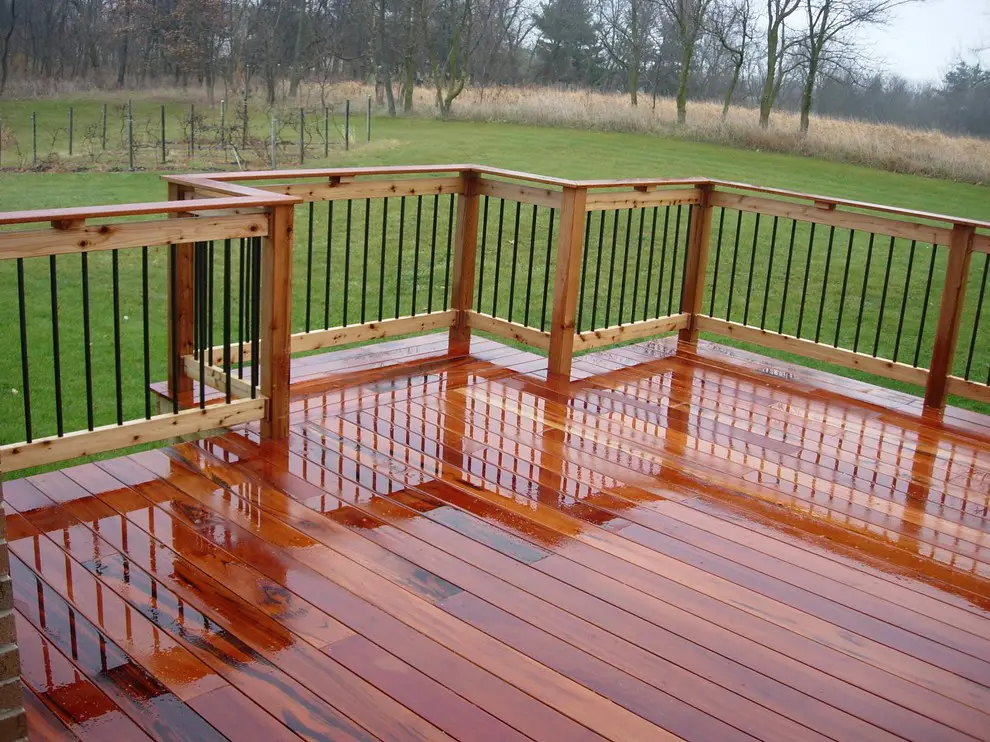
Exotic lumber species are often sought after for high-end deck projects, boasting unique characteristics that set them apart from traditional pressure-treated (PT) wood. Ipe, mahogany, cambara, and Tiger Deck – a Latin American relative of the cashew tree – are popular choices among designers and homeowners alike. These durable options possess natural rot- and pest-resistant properties, making them ideal for outdoor applications.
However, the major drawback is their significantly higher cost, with prices often tripling or more that of PT wood.
Composite

Composites are innovative products that combine wood fibers and recycled plastic to create durable materials. The well-known Trex brand stands out among others like Brite, TimberTech, and CorrectDeck. When working with composites, you can cut and drill them similarly to natural wood, but they don’t come with the drawbacks of real lumber such as knotholes or checking. Available in a range of colors, including matching railings, composites also offer warranties of up to 25 years.
However, one drawback is that these boards are quite heavy, limiting their use for load-bearing applications. Typically, composite cladding requires PT framing underneath, similar to cedar. A notable disadvantage is the higher cost of composites, which are roughly three times more expensive than pressure-treated lumber. Additionally, specialized fastening systems may be necessary, adding further expense.
Plastic/PVC

The PVC deck boards and railings from brands like Eon, Perma-Deck, and Plasboard are constructed entirely from recycled or new PVC material. Notably, they share many advantages with composite decking options, including a wide range of colours to choose from, the ability to match railing styles, and long-lasting warranties. However, the primary difference lies in personal preference for the appearance and texture of each product.
E. 26+ Deck Ideas and Designs For Your Backyard, Balcony
Multilevel Deck with Graceful Curves

Slide deck
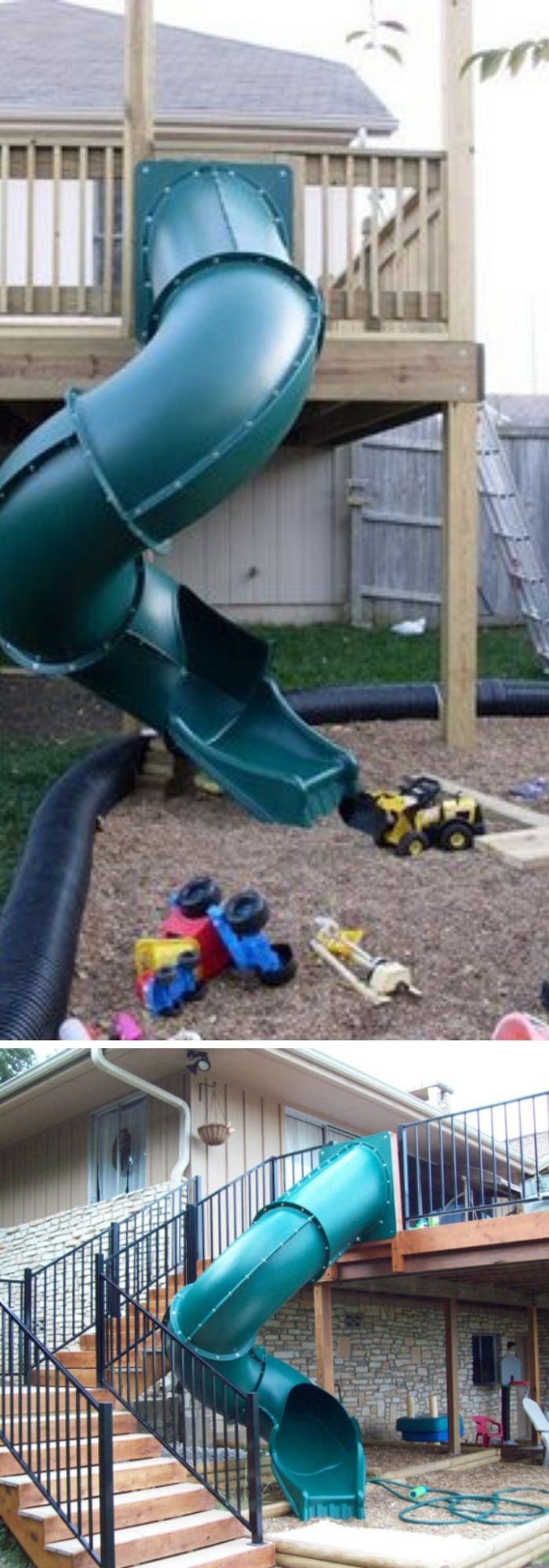
Vacation home

Outdoor deck designs

Above ground pool
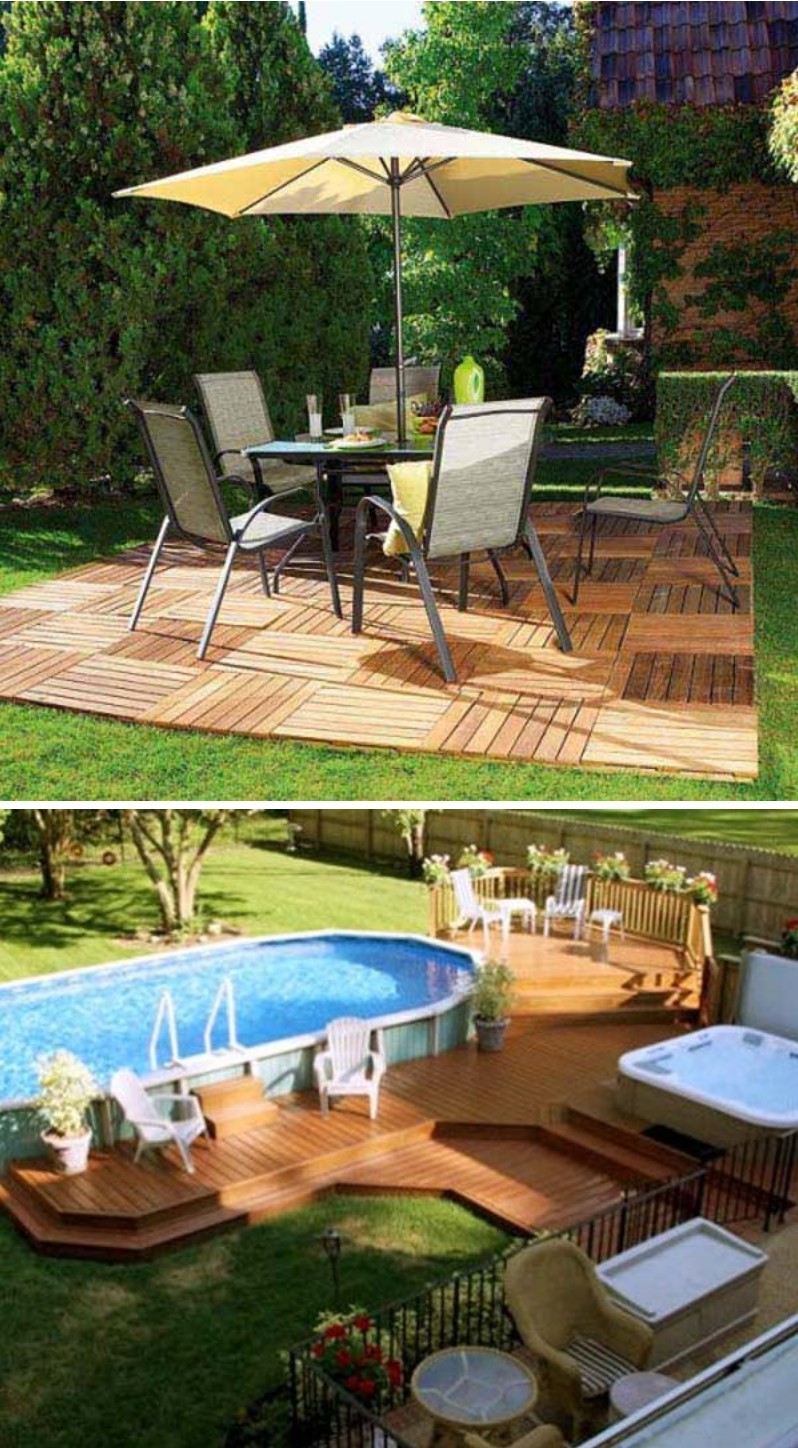
Alfresco dining

Residential pavilions surrounded by sweeping canyon

Floating deck

Entryway deck
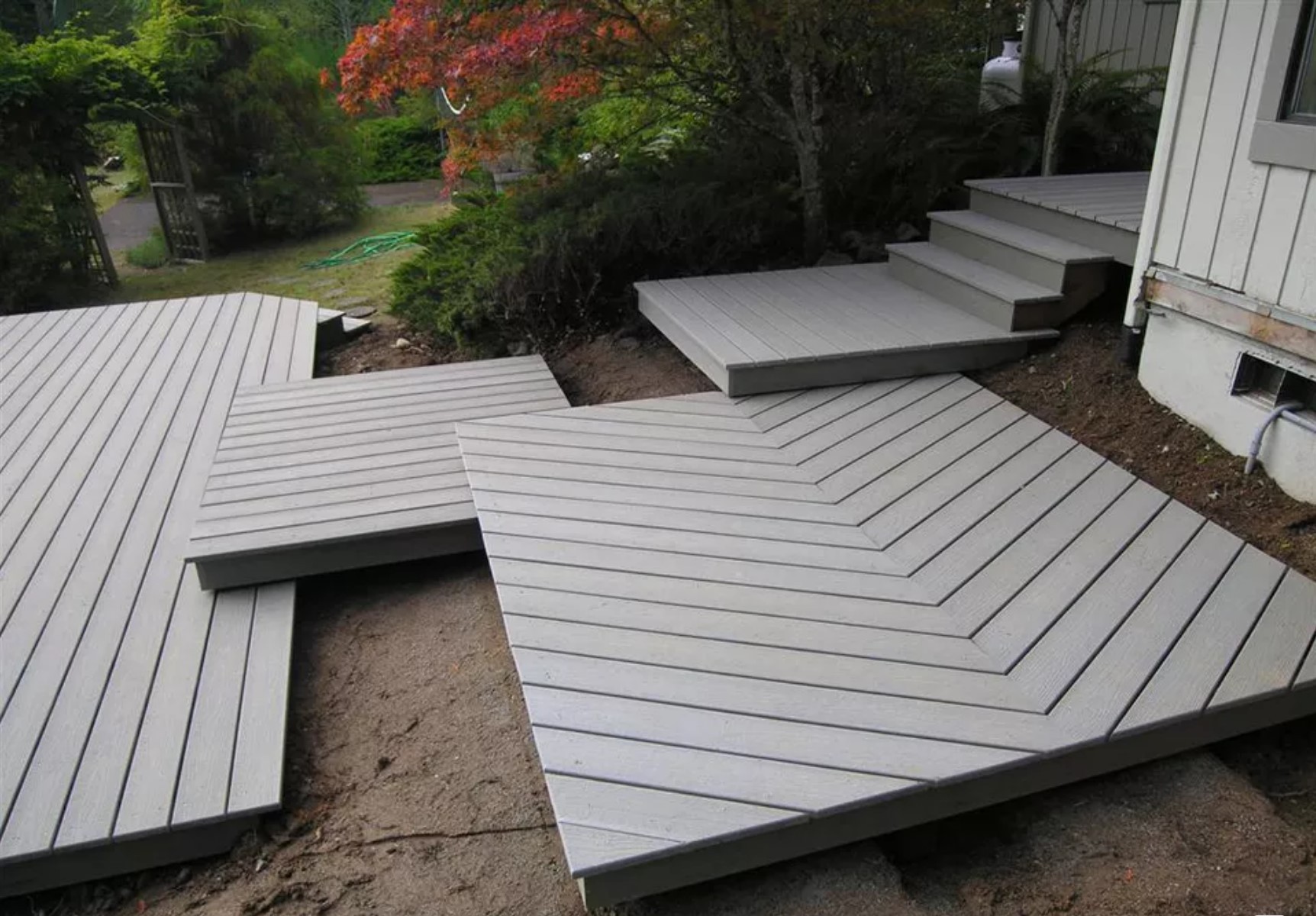
Stepped-down structure shelters with canopy

Stone deck
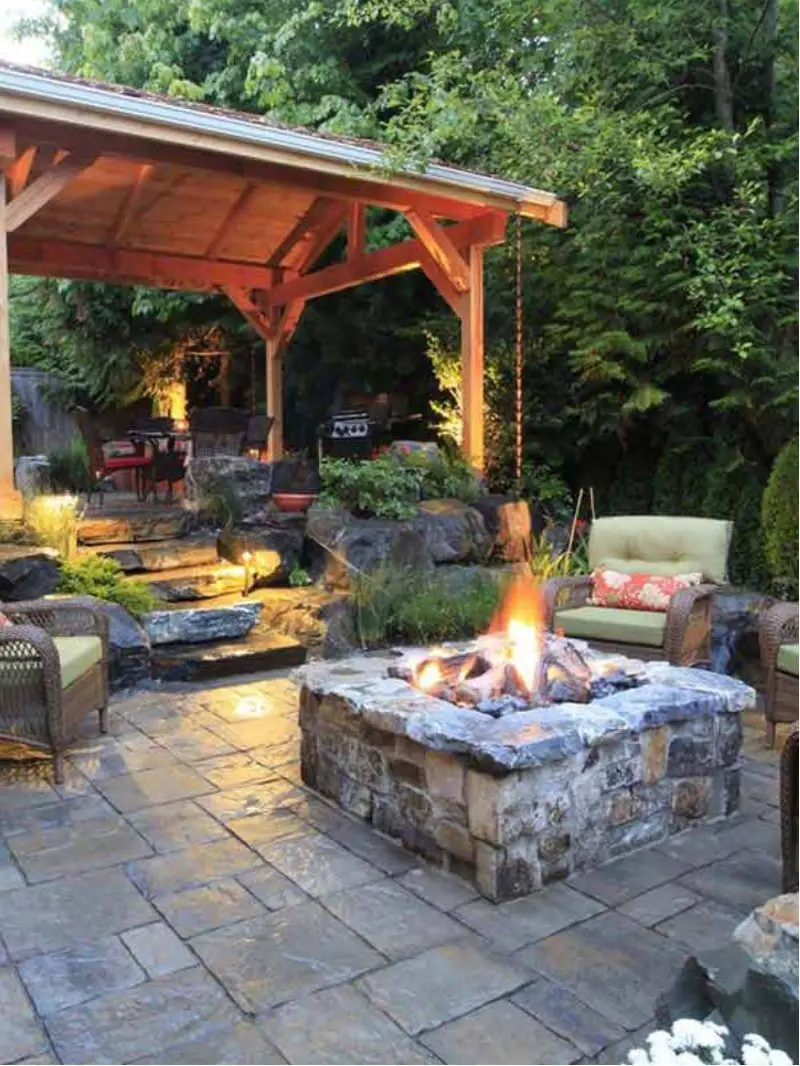
Font yard entry deck

Deck with lawn edging
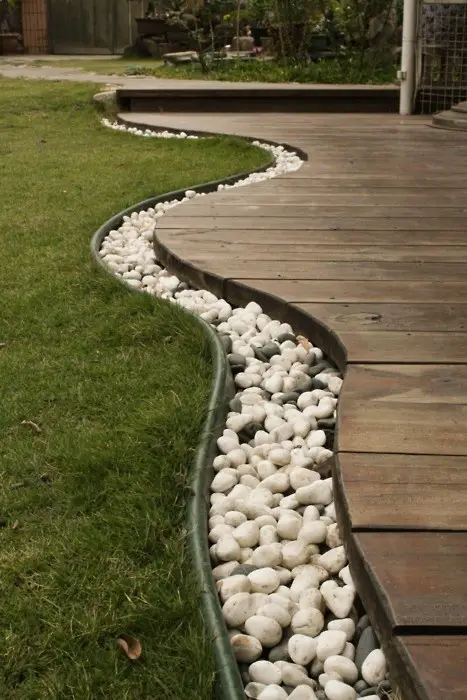
Beach view

Deck with pergola
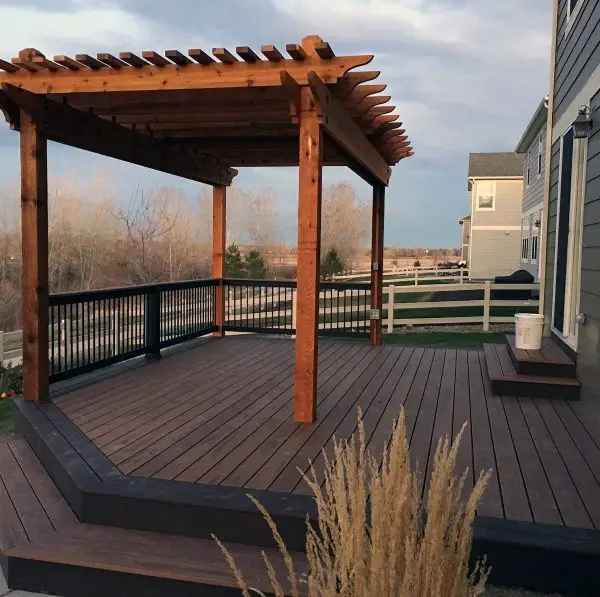
Led lighting deck

Cedar deck

Stain deck with shade sail
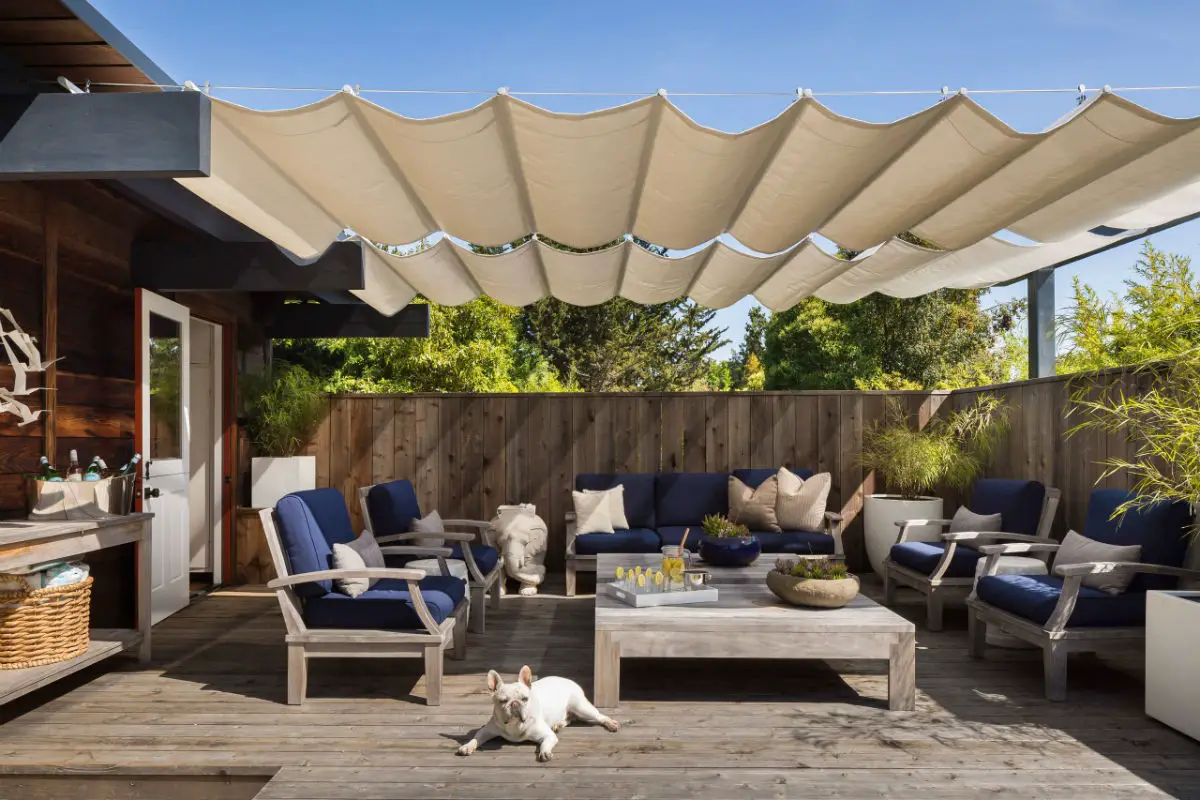
Backyard retreat
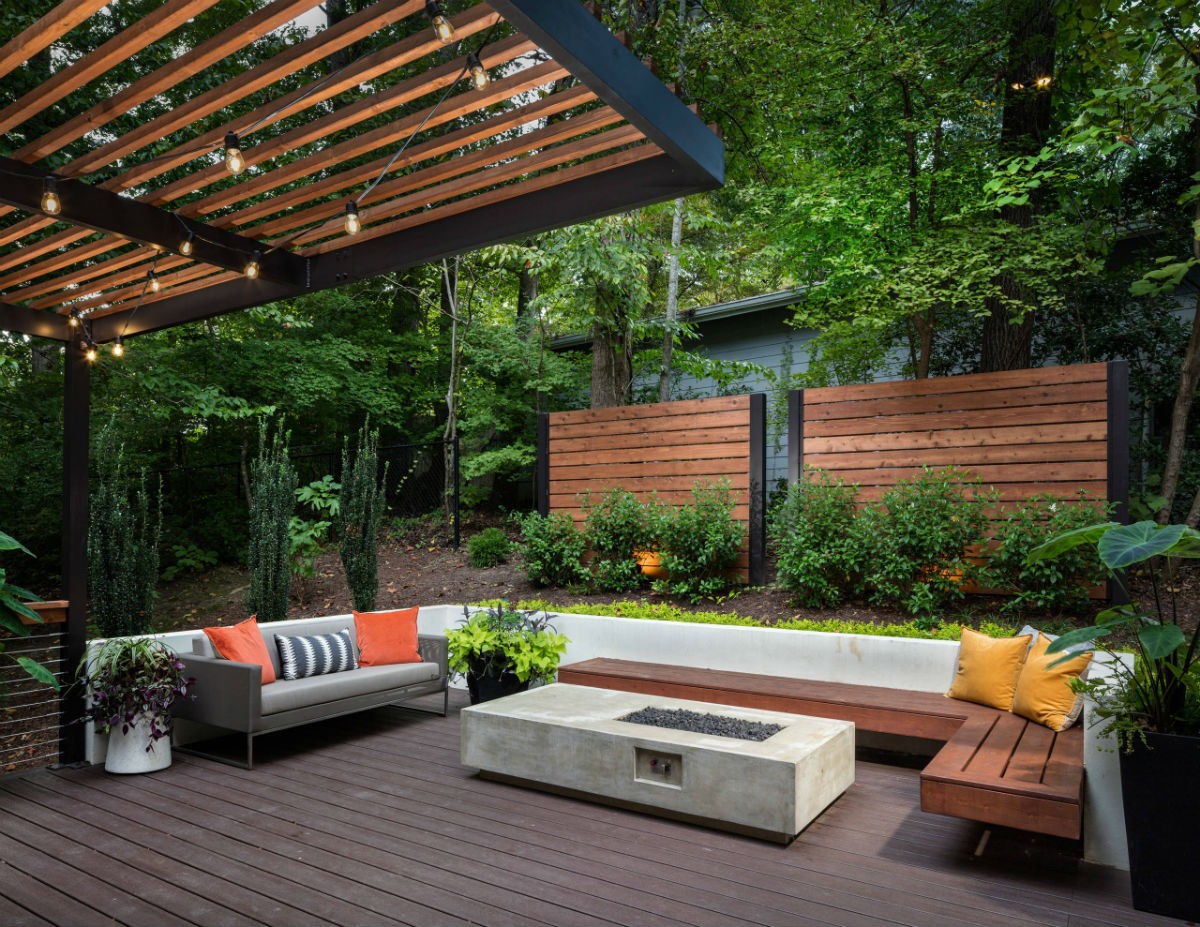
Cable Railing and Hardwood Decking

BBQ deck

Caribbean Redwood Deck

Elevated Ipe Deck
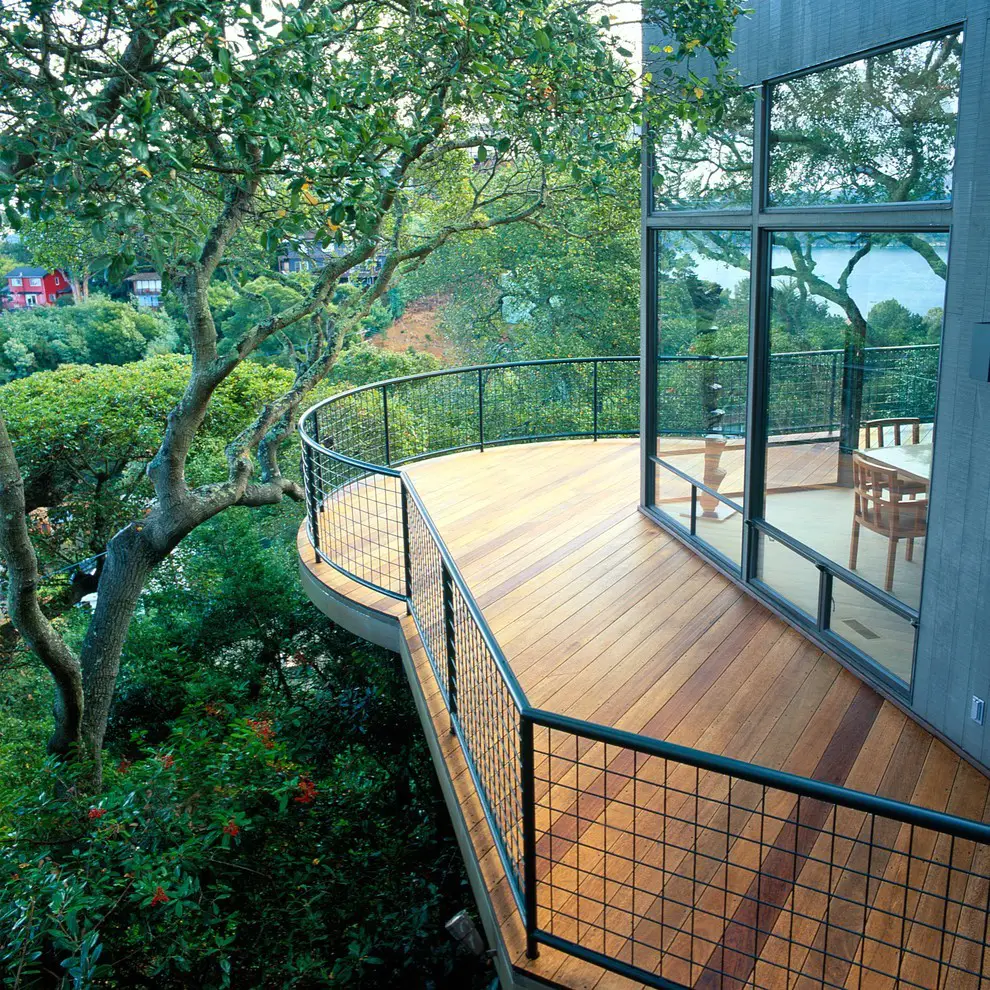
Relaxing deck
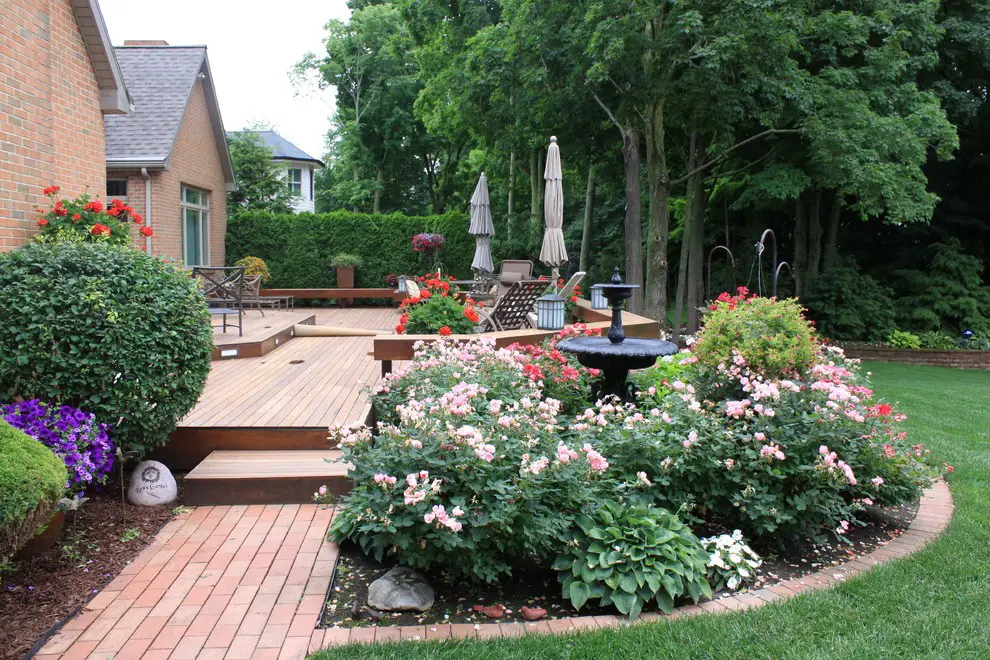
Large deck with pool

F. Decks and Decking – Free Plans Websites Guide
With an abundance of freely available deck plans, designing your dream outdoor space should be a seamless process. This comprehensive guide aims to simplify the process, providing you with all the necessary tools and information. A well-designed deck can significantly enhance your home’s aesthetic appeal, transforming it into a cozy retreat for relaxation and social gatherings.
By leveraging pre-made plans and step-by-step instructions from reputable sources, you can create a stunning outdoor space without breaking the bank. Whether you’re seeking inspiration or practical guidance, this guide has got you covered.
Deck Plans for Free
When it comes to finding the perfect deck plans, simplicity is key. Two excellent resources that offer easy-to-follow designs are Deck Plans and Real Cedar. Deck Plans provides 6 different models (3 of which include pools) along with material lists, cost estimates, and step-by-step instructions for a seamless DIY experience. On the other hand, Real Cedar offers a range of models catering to various needs, including raised cedar decks, roof decks, ground level decks, and more.
While it does provide great ideas and sketches, it’s geared towards experienced builders who can use their expertise to bring the designs to life. For those looking for a free plan, Free Project Plans offers a detailed PDF that’s perfect for getting started. However, it’s essential to note that these plans may not offer the same level of guidance as professional builder services.
“How-to” Decks
For those who have chosen their desired deck plan, free guides are readily available online. However, for beginners, it’s essential to start with a reliable resource that provides thorough guidance throughout the process. My Carpentry is an excellent starting point, offering a basic deck plan and detailed explanations that will help you navigate all phases of your project, from design to installation.
Additionally, Flipbook offers a comprehensive booklet that takes you through 15 steps, covering everything from finding the right position for your decking to adding railings and details. If wooden decking is your preferred choice but you’re struggling with installing deck beams, Move. com provides an invaluable resource, featuring explanatory sketches and step-by-step instructions to help you overcome any obstacles.
Build a Deck!
As you embark on this DIY adventure with the provided free decking plans and guides, you’ll be well on your way to transforming your backyard into a haven. However, it’s crucial to keep in mind that it’s always wise to have an experienced carpenter by your side – not only will they help you get started, but also provide valuable oversight and guidance as you progress with the project.
Related Posts
In the pursuit of precision woodworking, a reliable dowel jig is an essential tool. For those looking to elevate their skills in 2024, we’ve curated a list of the top 12 dowel jigs, carefully selected by experts in the field. Whether you’re a seasoned craftsman or just starting out, this comprehensive guide will provide valuable insights on selecting the perfect equipment for your woodworking endeavors.
With precision and accuracy at the forefront, these expert picks are designed to help you create masterpieces that will impress even the most discerning eyes.

